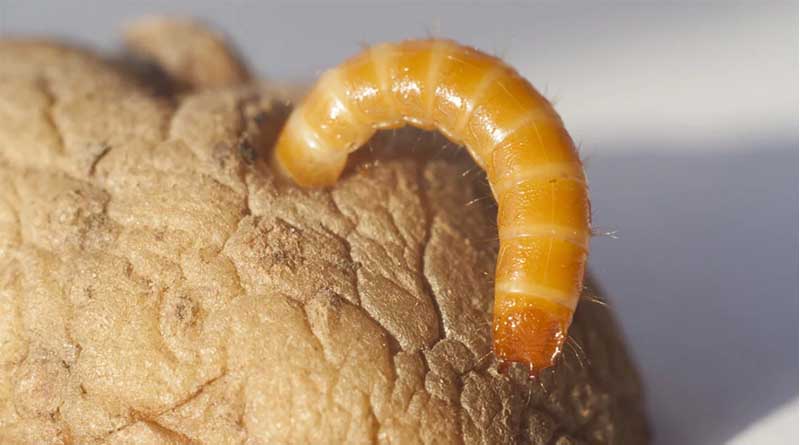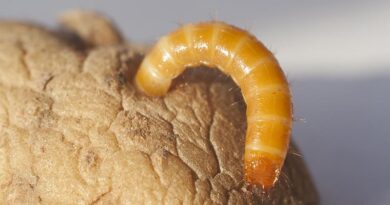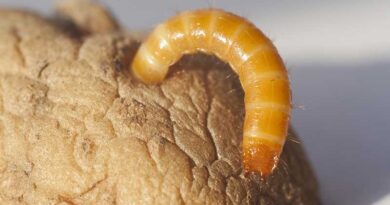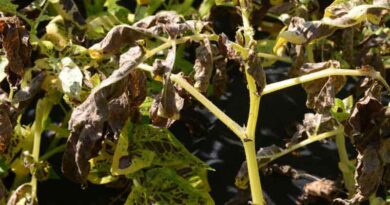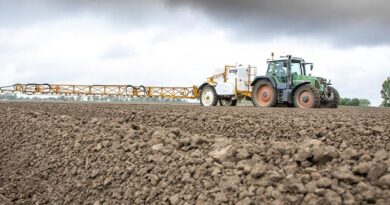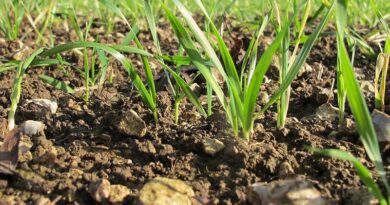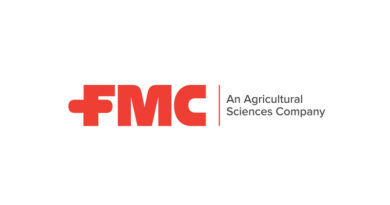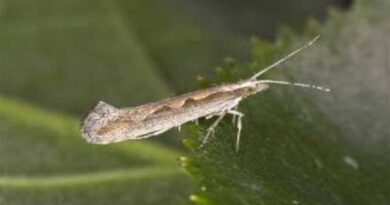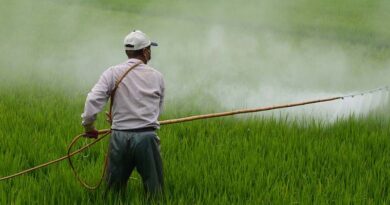Wet conditions increase potato soil pest threats
08 April 2024, UK: Wet soils over the winter and spring could increase the risk of wireworm damage in potato crops this season. Research over recent years has identified high soil moisture as a precursor for pest activity, with wet areas and flood plains increasing pressure levels.
Coupled with other risk factors of reduced cultivations in the autumn last year and the capability for overwinter cover crops to harbour wireworm populations, there is a double whammy of potential problems in potato crops planted this spring, warned Syngenta Technical Manager, Andy Cunningham.
“Wireworm is an increasing issue in cereal rotations, particularly where there’s grass weeds in stubble or left as cover – be that with stewardship scheme compliance or limited chance for cultivations in the autumn that disrupt the pest,” he highlighted.
“Weather conditions have severely curtailed growers’ opportunities for Integrated Pest Management (IPM) cultural controls of wireworm.”
Results of Syngenta trials in Lincolnshire last year showed Nemathorin incorporated at the wireworm rate of 15 kg/ha at the time of planting reduced the proportion of wireworm damaged tubers to just 2% of the harvest, compared to 9% in untreated areas.
Furthermore, the severity of damage was also reduced, with no tubers in the Nemathorin treated areas showing more than five holes, and significantly fewer with 1 to 5 holes. Over 2.5% of the untreated crop had an unacceptable 3 or more wireworm holes.
He also reported trials had shown using Nemathorin at a higher rate of 30 kg/ha in a high-pressure field situation had halved the number of tubers seriously affected by wireworm.
The application of Nemathorin at 30 kg/ha is permitted where PCN or free-living nematodes are being targeted.
“PCN remains the most serious soil pest of potatoes – hitting yields in the current crop and, if left unchecked to multiply, the future viability of fields for potato growing in the rotation,” he added.
In an average of eight recent trials where PCN was present (above, an untreated row in Nemathorin protected potato crop), Nemathorin delivered an average yield increase of more than 17 t/ha over untreated. In the same trials, Velum Prime achieved just 4.5 t/ha extra yield.
In terms of financial reward, Andy calculated on a 40 t/ha crop the Nemathorin returned over £2050 per ha margin over input cost, compared to less than £500 with Velum Prime.
“Furthermore, when the soils in all the trials were analysed, the Nemathorin treatment held the multiplication rate down to 2.5, compared to 9 in the untreated. In the Velum Prime treatments, the PCN continued to multiply at a rate of 7.5 times.
“IPM measures for all soil pests, including variety selection, rotation interval, adapting harvesting dates and target markets can all help growers and agronomists mitigate against damage,” advocated Andy.
“But where there is a risk of losses, the use of Nemathorin could provide additional protection to yield and assure the sustainable long-term viability of potato production.”
Also Read: India Initiates Anti-Dumping Investigation on Imports of Pretilachlor from China
(For Latest Agriculture News & Updates, follow Krishak Jagat on Google News)

